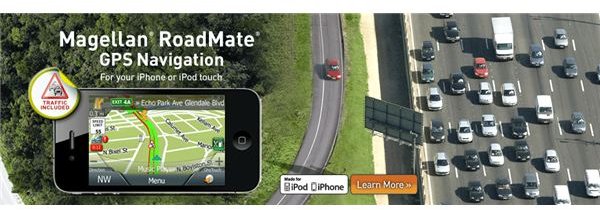Compare GPS: Magellan Maestro vs. Roadmate
Price
Magellan creates consumer GPS units, both handheld and car navigation systems. You really can’t go wrong with any Magellan GPS, but some of the features on each of the units are different. RoadMate and Maestro are both popular models. You do, however, have to decide on one of them. So, which is it? In this article, we compare the GPS Magellan Maestro vs. RoadMate.
The first thing that you’ll notice is that generally the Maestro is cheaper than the RoadMate. The RoadMate is usually between $100 and $300 while many of the Maestro brands are less than $100. But, individual models can run more or less expensive. For example, the Magellan Maestro 4700 is approximately $160 while the RoadMate 3065 is about $130.
Features
Both devices feature a touch screen and are for your car. The screens are always about the same size being about 5 inches wide by 3.5 inches high. The large screen helps you to easily input addresses and search the points of interest (POI) database.
The Magellan RoadMate and Maestro both come with Bluetooth connectivity. With this feature, you can use your GPS unit as a hands-free device for making calls. You simply synch your phone with your GPS device, type in the number, and then talk. But, check the specs for your selected device before you purchase it to ensure that it has this feature. Some models do not come with it.
Both units are accurate within 10 to 16 feet and feature a microSD card. The units come with built-in antennas to pick up satellite signals. And, they include maps for the United States, Puerto Rico and Canada.
Navigation
While the Magellan Maestro and RoadMate both come with a large POI database, usually the RoadMate features an AAA TourBook. This gives you access to AAA information on select locations, including national parks and major attractions. The RoadMate also features the day and night modes. These modes make your screen lighter or darker depending on the time of day.
The Maestro on the other hand features 2D and 3D map perspectives. The 3D perspective provides you with greater detail, and gives you an almost flyover of your destination.
Both units speak commands so that you don’t have to constantly look down at your screen to find the next turn. They also come with voice command recognition, which allows you to speak a command instead of typing it.
Other Features
The units come with a Lithium ion battery, and they feature about a 4.7 inch LCD screen. Usually, the devices come with a USB cable, carrying case, car adapter and windshield mount. On some models, however, you will have to purchase the carrying case separately.
So, what is the real difference between the two models? Well, there really isn’t a huge difference. It’s just what you prefer. All give you directions. All feature large, color LCD screens. The key is to play around with the devices and see which one you like better.
